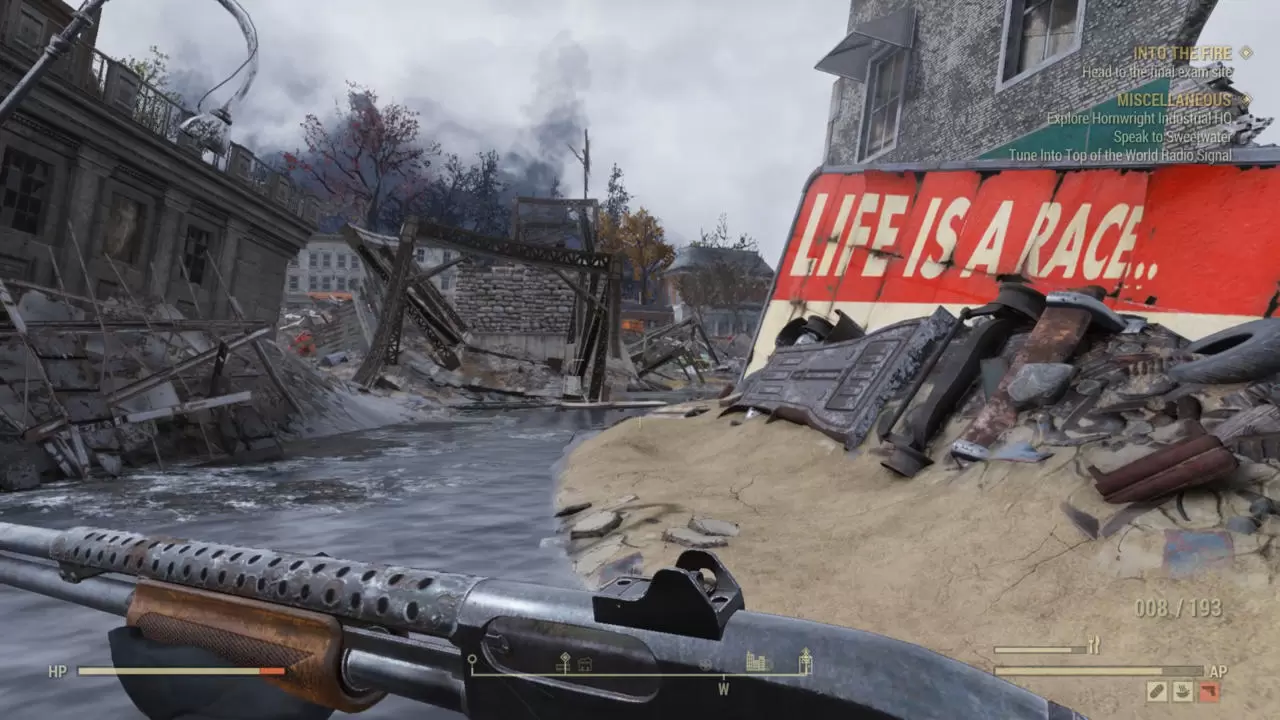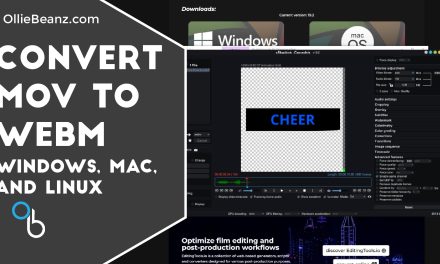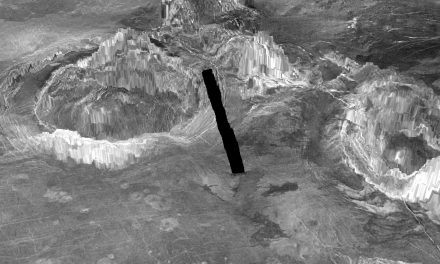
Fallout 76 Review – Scorched Earth

Well, war has certainly changed. Fallout, the RPG series with a









The reliance on things like audio logs and written notes also proves to be the biggest deterrent to playing Fallout 76 in multiplayer. By teaming up, you can explore the world together, get help in taking down difficult enemies, and complete any quest, but certain things are kept distinct to each individual player’s experience. Containers that hold items, for example, will have unique loot for each person who opens them. But quest objective completion also isn’t shared, and every member in your squad needs to activate things personally to have them count toward their progression.
This is a great idea on paper, as it makes sure everyone sees each piece of a story themselves. But in playing with both good friends and strangers, I found that each person’s individual need to advance quests severely hinders the flow of progress. Because of the need to wait for your squad to catch up, have each member take their own time to listen to important audio logs (which is impossible when you’ve got voice chat going), and search terminals for pertinent information, questing in multiplayer requires a lot of patience and courtesy. Add to that the fact that Fallout is already a game that encourages constant, time-consuming gear management (which penalizes your movement speed for being over-encumbered), as well as a rudimentary, occasionally tedious survival system (which asks you to maintain meters representing hunger and thirst), and the idea of having another squad member just feels like an additional burden.











If you have a squad that is happy to skip the narrative content things will go much more smoothly, but then you’re denying yourself the one vector that gives these quests flavor. Multiplayer is more enjoyable when you and your squad are just content to leisurely explore the world and get into scrapes, at least once the logistics of preparation are behind you. But the capacity for arbitrary fun is an unremarkable trait. The advantage of questing solo and not needing to wait around is definitely a big advantage, but it has its own obstacles too–packs of enemies will often have a handful of foes that are 10 or 20 levels above you, and having someone to watch your back is definitely a factor that needs consideration, warts and all.
Fighting enemies also doesn’t feel that meaningful in 76, a more morbid consequence of the lack of in-universe characters. The new region of Appalachia is filled with an assortment of delightfully mutated creatures both new and old, including humanoid enemies like the Scorched and Mole Miners who can wield firearms. But it isn’t as entertaining to take on enemies that haven’t wronged you or anyone you know. Without sadistic raiders and their despicable actions to be appalled by, interesting gang factions to get on the wrong side of, or lucid ghouls and super mutants to make you think twice about raising your weapon, every living being you encounter in 76 just feels like cannon fodder.
The combat mechanics don’t deal well with a lot of cannon fodder, either. Appalachia is filled with a large variety of multiplayer-focused public events that invite everyone on the server to gather and participate in a unique task tied to a particular location. But these mostly boil down to escort and defense missions that ask you to hold back multiple waves of enemies and perform basic objectives. The real-time shooting of Fallout 76 is mostly unchanged from Fallout 4 and is serviceable enough to make small skirmishes with either firearms or melee weapons feel fine, despite occasional technical hiccups. But the system is not good enough to make shooting hordes of enemies for 20 minutes in an event feel like anything other than a chore–the gunplay and movement are not satisfyingly responsive or kinetic enough to make them enjoyable for long periods.
That’s also partially due to the changes to V.A.T.S. What was once a strategic pause-style ability that allowed you to take time to assess your surroundings, target specific body parts, and make the most of your combat strengths, is now a primarily an opt-in real-time auto-aim system, a change presumably made for the purposes of multiplayer. If you decide to upgrade the skill, it serves its purpose in being able to make precision hits on limbs when the action is manageable, but in more intense situations this version of V.A.T.S. does little to bridge the limitations of the real-time combat system as it once did.
Fallout 76 also has fewer opportunities to complete quests in your own unique ways, which exacerbates the sense that you don’t really have a huge part to play in this wasteland. Traditional charisma skills are gone, but lockpicking, hacking, and stealth abilities remain and provide a little bit of variety. But the overwhelming majority of quests have clear linear throughlines to their respective goals, all of which involve shooting a lot of things.











Some of the decisions in Fallout 76 are positive, though. The flexibility of the new perk system (which is now card-based) allows you to change your abilities at will, which has encouraged me to use Fallout’s weirder skills, depending on my situation. In my experience, the game’s unique take on player-versus-player competition is effective at deterring unprovoked attacks when exploring the world–killing another person is a lot of work for little reward if your target doesn’t retaliate. Base-building carries over from Fallout 4 and comes with a few quality-of-life changes. You have the ability to move your base camp for a trivial fee, and you can save blueprints of entire arrangements for easy placement elsewhere. It’s straightforward and pleasant, but like the rest of 76, it lacks the feeling of permanence and importance of building settlements in Fallout 4.
Most disappointingly, when you do begin to find some small joy in exploring Fallout 76’s world, you’re often not far from falling victim to the series’ now characteristic penchant for technical oddities. Whether caused by the game engine or the online server-based nature of the game, I’ve run into countless issues in the PC version, even after the game received a major patch within its first week of release. Problems like clipping through the world, frozen animations, entire buildings failing to load, enemies getting stuck in walls or just not moving, audio logs not playing, enemies spawning out of mid-air, delayed damage detection and world effects, server disconnections, and being unable to complete a quest because someone else in the world killed your target, requiring you to log on and off again until it respawns. These are just some examples, and experiences will vary, of course. But in my time with the game, Fallout 76 did not feel like it ran smoothly for extended periods, technical issues were severe and often frustrating, and they overshadowed any fondness that was, at that point, starting to grow.
Fallout 76 attempts to execute on some significantly new ideas for the series, but with few exceptions, they notably limit the major facets of the game. The novelty of multiplayer can be mildly entertaining, but it’s not an ideal way to enjoy mainline progression, and the shooting mechanics aren’t strong enough to make the focus on combat-heavy activities genuinely enjoyable. Things feel better as a solo player, and the Appalachian landscape certainly has interesting things to see. But the absence of in-universe characters and your inability to make a meaningful impact on the world means becoming invested in the whole journey is incredibly difficult.
Bethesda has stated it intends to continue supporting the game for a long time, but at launch, Fallout 76 is a poor experience. There are echoes of the series’ admirable qualities, but look past that facade, past the cute Vault Boy animations, past the familiar radio tracks, and you’ll find no heart–just an inconsequential wasteland doomed to be nuked over and over again.
Source:: GameSpot Reviews


















